(Prices correct as of today’s date, are updated daily, are subject to change and represent genuine availability at time of update).
Cruise only holidays are financially protected by ABTA. Fly cruise holidays are financially protected by Royal Caribbean International under ATOL number 3088
Please click here to check the essential travel requirements before booking this cruise.
Want to add a hotel stay or change your flights?
Just call our team of cruise specialists to help build your dream cruise holiday today!
Prices based on 2 people sharing. Cruise only price does not include flights. Fly-cruise price may vary by chosen UK airport.
Itinerary
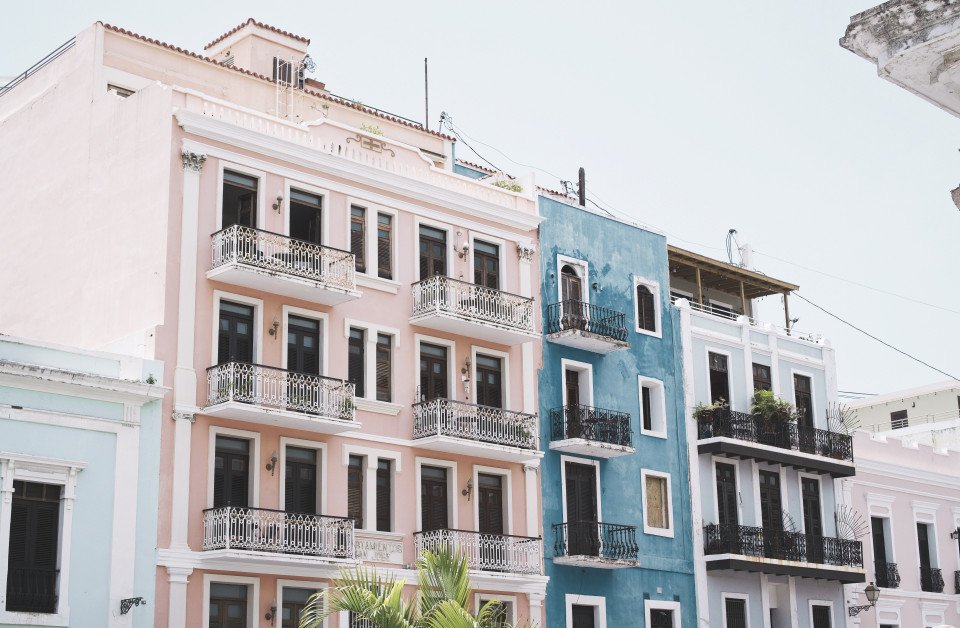
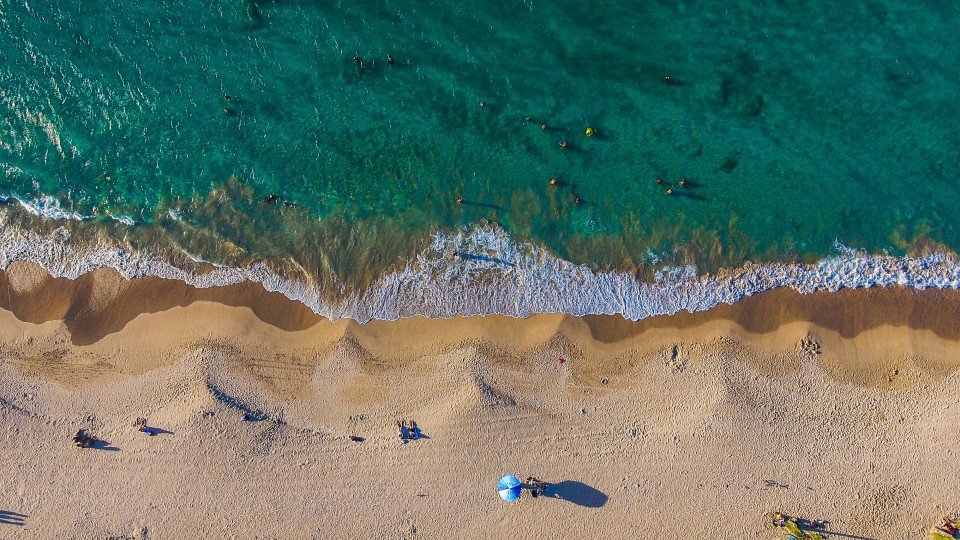
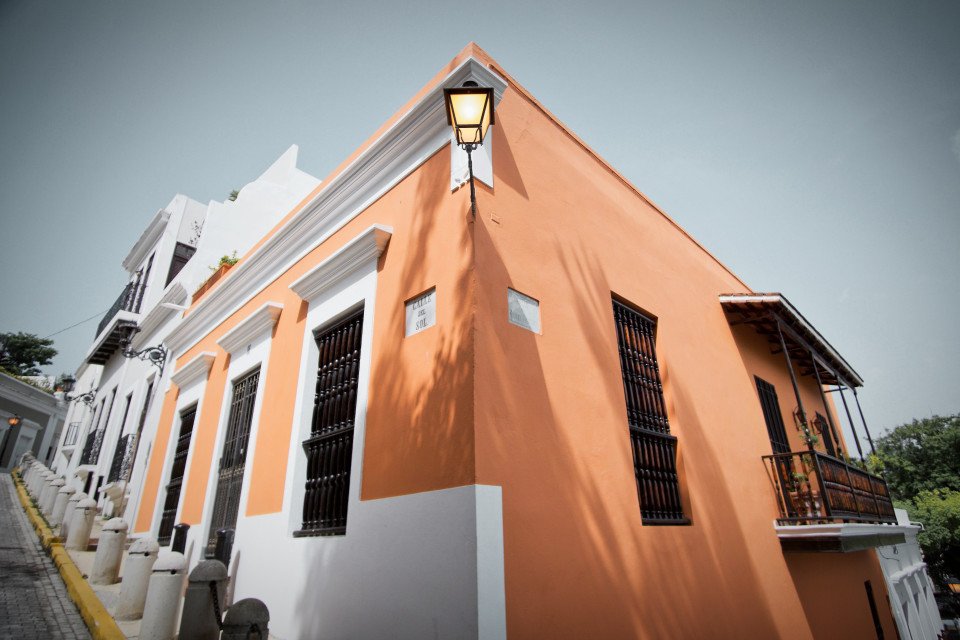
San Juan (Puerto Rico)
If you associate Puerto Rico's capital with the colonial streets of Old San Juan, then you know only part of the picture. San Juan is a major metropolis, radiating out from the bay on the Atlantic Ocean that was discovered by Juan Ponce de León. More than a third of the island's nearly 4 ... Read More
San Juan (Puerto Rico)
Saint Croix Island
Charlotte Amalie
Philipsburg
Fort-de-France
Bridgetown
At Sea
San Juan (Puerto Rico)
What's Included with
Royal Caribbean International
One of the main benefits of a cruise holiday is not having to worry about all the finer details - everything is taken care of in advance, so your only job is to relax and enjoy the experience!
Accommodation, food, soft drinks and refreshments are all included and enjoy speciality restaurants at a supplementary cost. You can also sit back and relax by enjoying on-board entertainment, activities and facilities. Fancy a late night dip in the pool, a spin on the roulette wheel or an evening out at the ship’s theatre? You’ll be spoilt for choice!
There are plenty of family-friendly options on board many Royal Caribbean cruise ships, too. A host of enjoyable youth programmes ensure your whole family will have a fantastic time while sailing to your exciting destination.
Accommodation
Breakfast, lunch, dinner and snacks in a choice of included dining venues
Entertainment throughout the day and evening
Use of swimming pools, hot tubs, fitness centre and leisure facilities where available
Return flights included from a choice of UK airports (fly cruise bookings only)
Port taxes
Selected hot drinks, iced tea, lemonade, juices, and water in selected venues
Porterage of luggage from port to cabin
Youth programmes for babies to 17-year-olds
Sailaway parties, themed nights and deck parties
Shuttle service to and from ports and airport where available
Everything you need right at your fingertips! Includes accommodation, meals, entertainment and onboard activities. Plus, drinks such as water, squash, tea and coffee are also free of charge.
Explore Rhapsody of the Seas

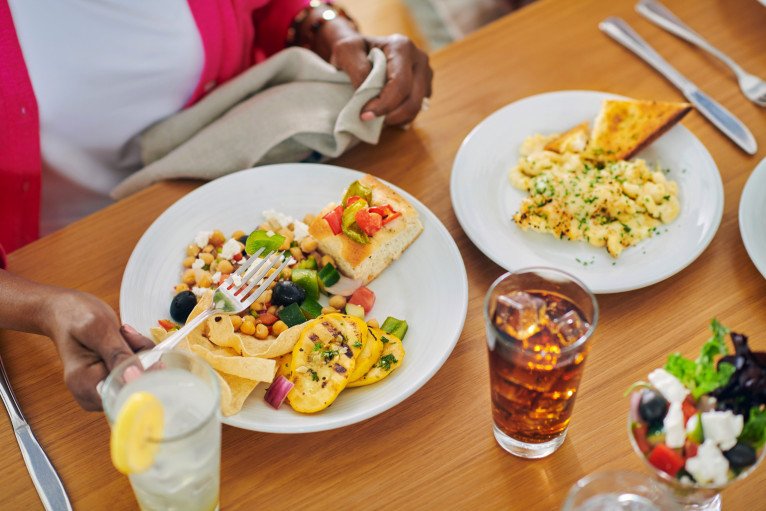

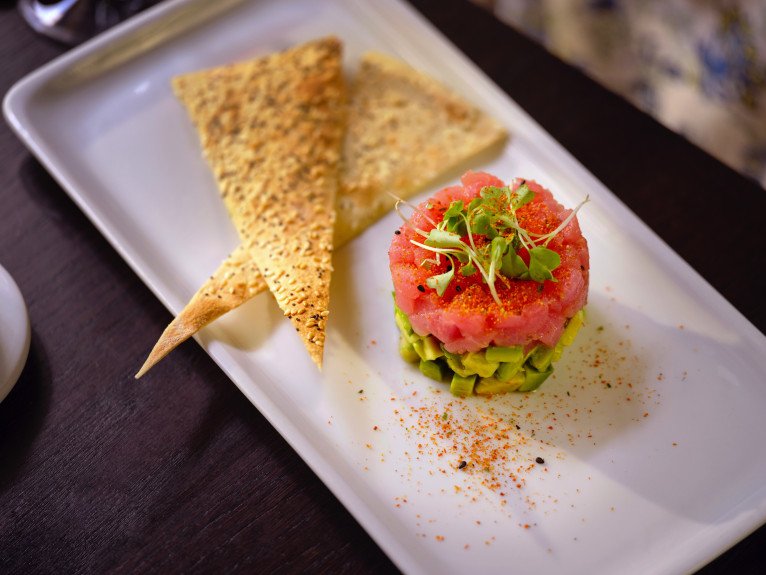



Main Dining Room
GOURMET COURSES
In the Main Dining Room, you can experience flavours that take you from Jamaica to Jaipur, a rotating menu of delicious dishes always offering something unexpected. A multi-level restaurant that in the morning is the perfect spot to enjoy a hearty brunch paired with refreshing mimosas, at dinnertime transforms into a world class dining experience with a menu that invites you to taste your way around the world course by course.
Attire: Smart Casual
MENU HIGHLIGHTS
Many of the dishes on the Main Dining Room’s menu rotate each night, which means you could go an entire week without ever repeating a course. Every meal here begins with something delicious from the starters section of the menu — like savoury duck terrine layered with apricot chutney on toasted sourdough bread, a flaky Vidalia onion tart baked with whipped eggs, cream, and smoked bacon, or spiced eggplant and Kalamata olive tartare prepared with red pepper hummus and served on crispy garlic bread. Then, choose from international entrees like Moroccan spiced ahi tuna served over mint couscous, sautéed spinach and tequila peppers with a cool yogurt vinaigrette. Or mojo-marinated bone-in pork loin paired with sweet potatoes, broccoli and a cumin-citrus reduction. Dessert is also worth getting excited about, with options like sweet cream-soaked tres leches, home-style carrot cake with cream cheese frosting, and a light and fluffy Grand Marnier soufflé.
NOTE
Food offerings may differ by ship and sailing.
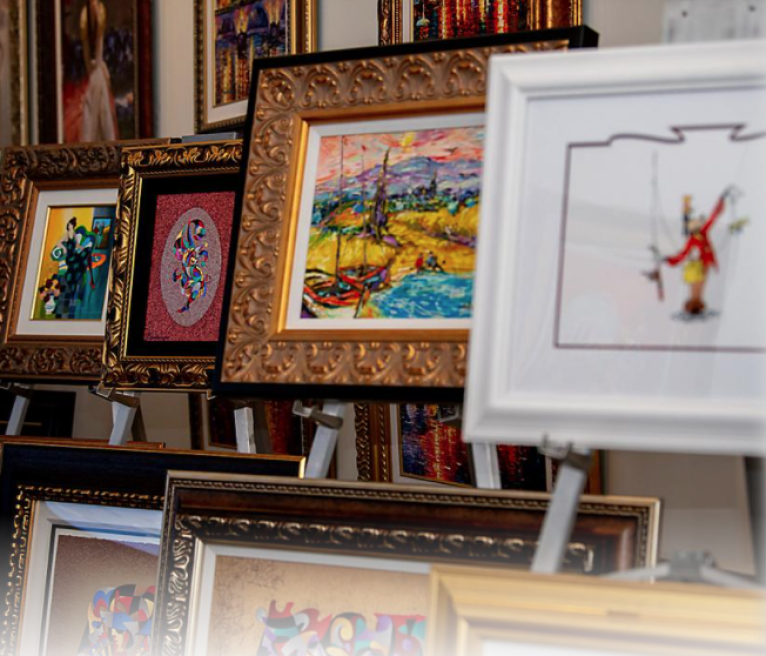
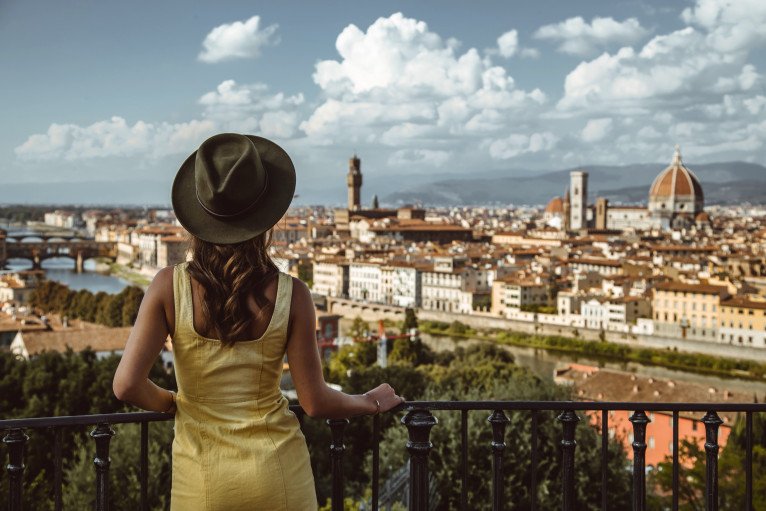
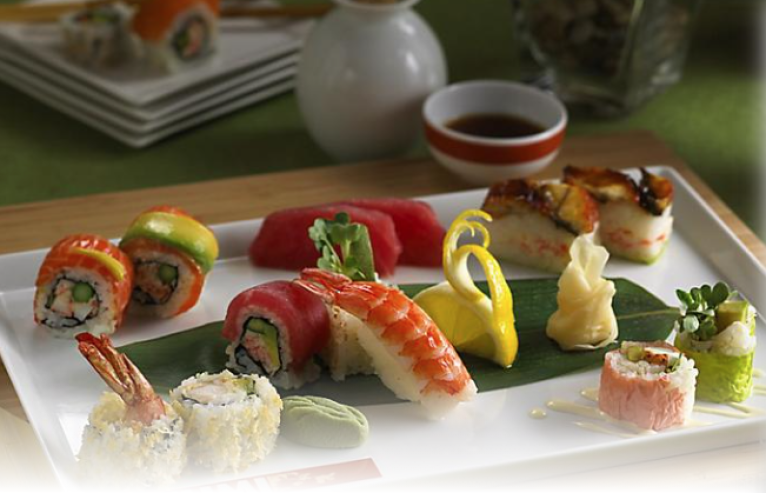



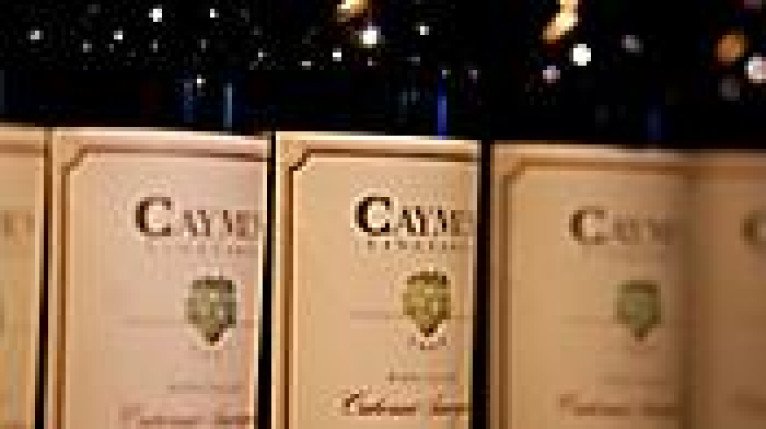


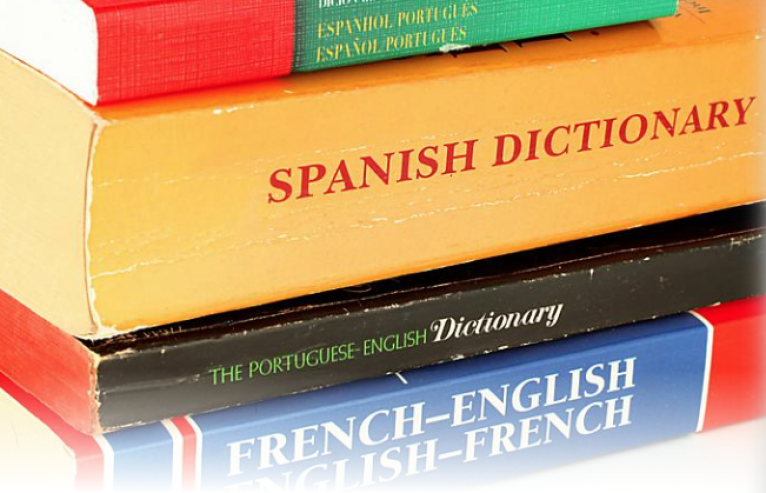






Shore Excursions & Guided Tours
Whether you dream of trailblazing through the Alaskan tundra, learning how to whip up traditional Mediterranean dishes on the Greek isles, or sampling rum at centuries-old distilleries in the Caribbean, you’ll find the world is brimming with full day adventures — and nobody takes you deeper than Shore Excursions. Explore every shore your way with excursions and guided shore trips designed to thrill all kinds of traveler, from couples craving a little extra romance to families looking to bond over bucket list moments. No matter what kind of vacation experience you’re after, you’ll find new and exciting ways to make memories on your next getaway with a Shore Excursion. Unleash your inner explorer and discover bold new ways to connect with the people, culture and places around you as you cruise from one unforgettable port of call to another.

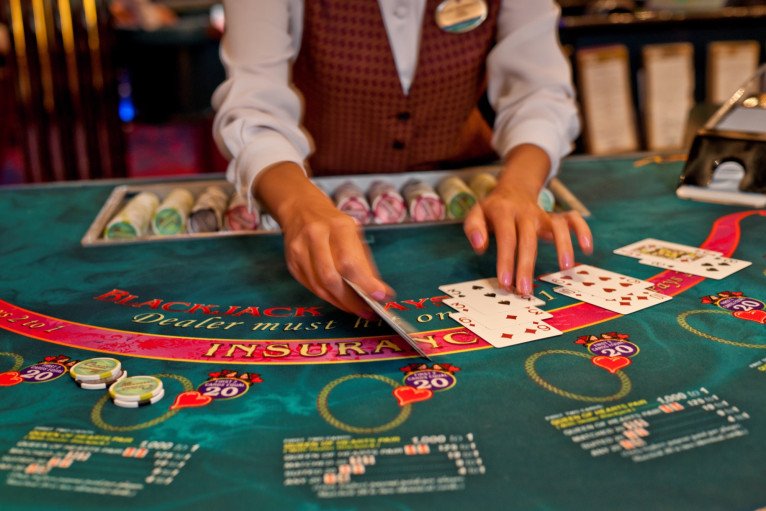
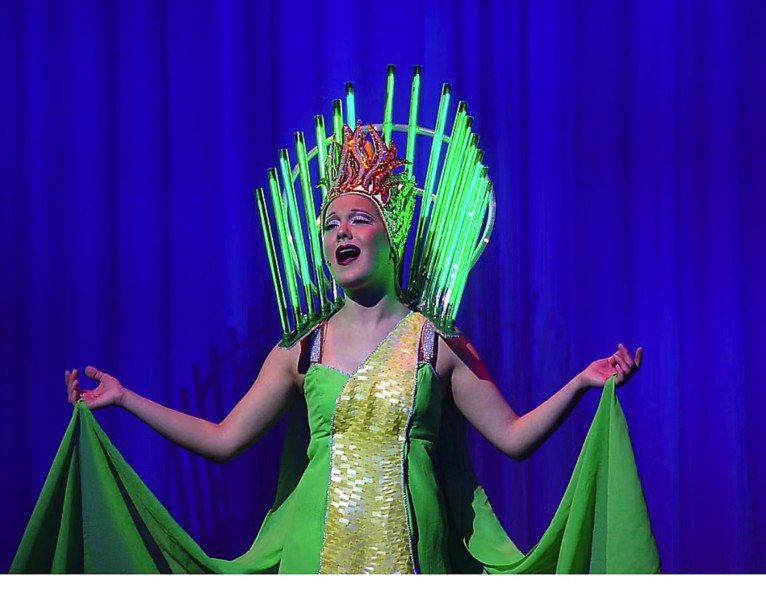

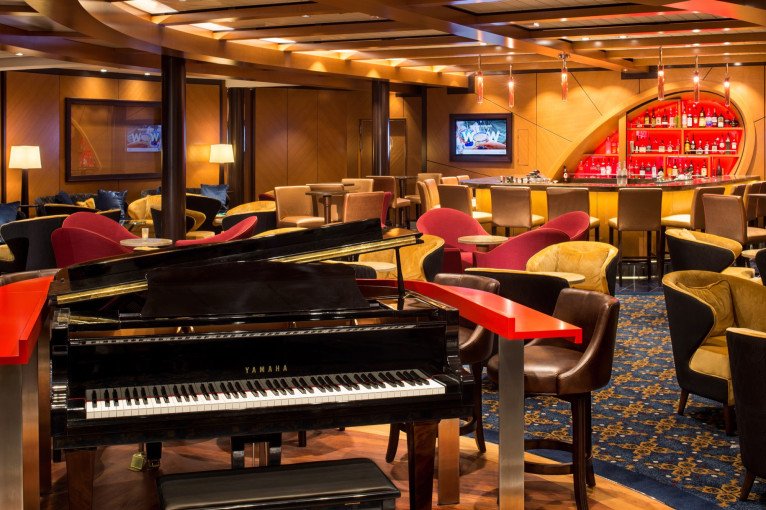
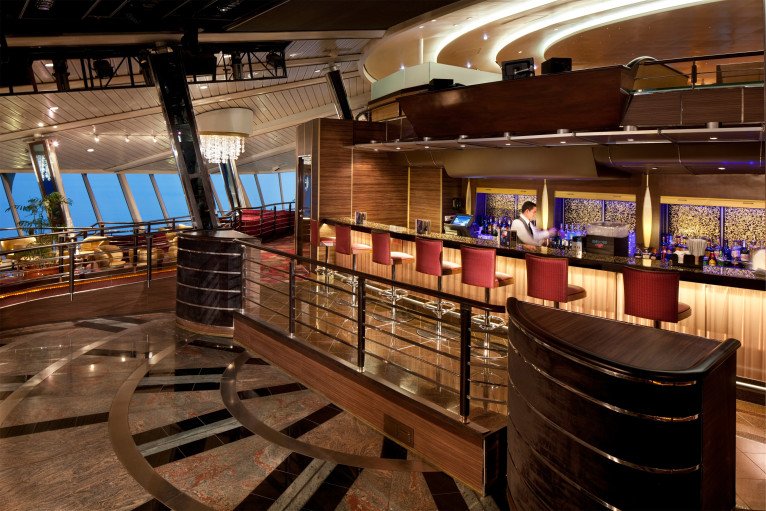




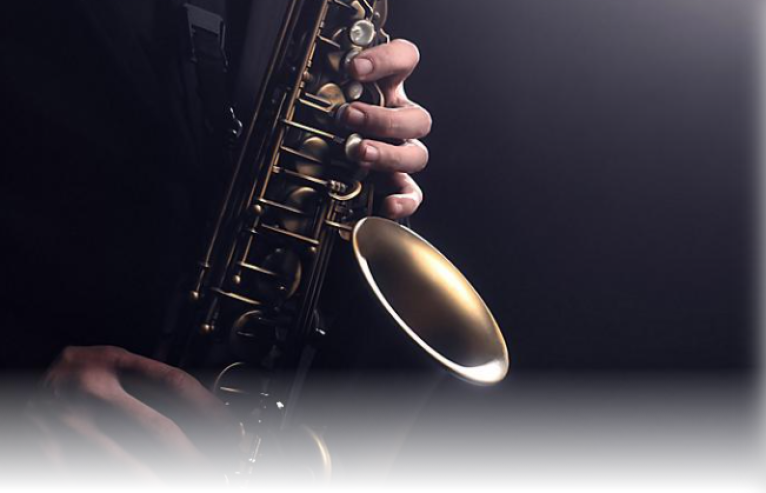

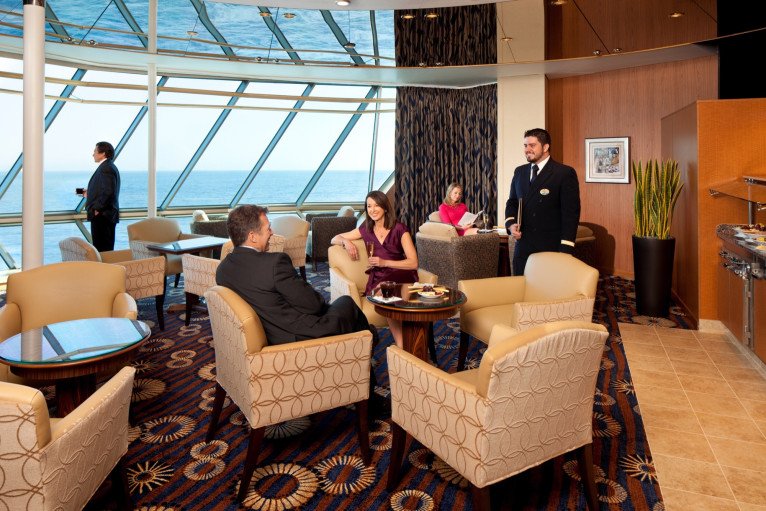


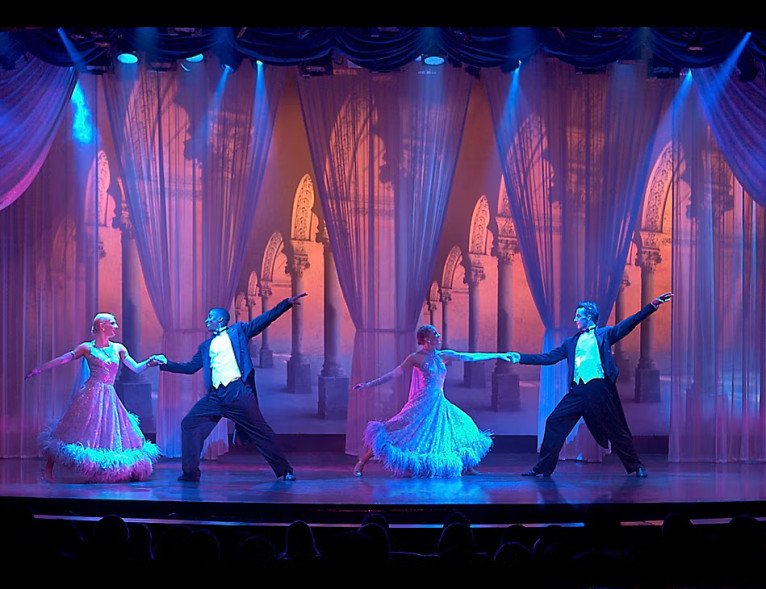
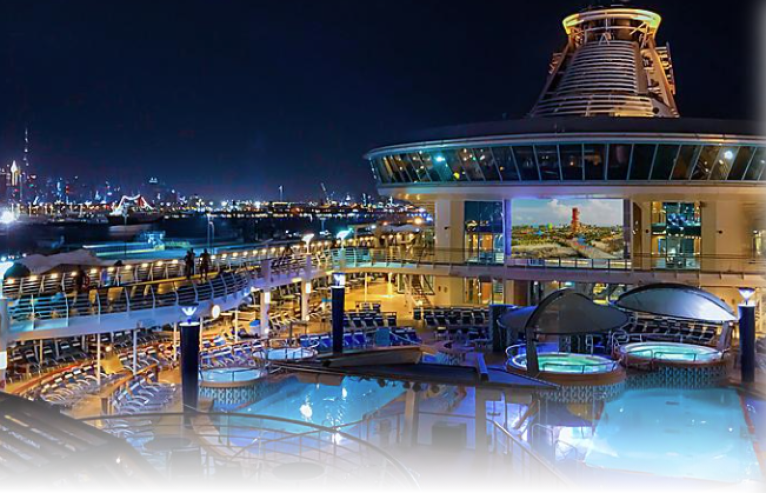
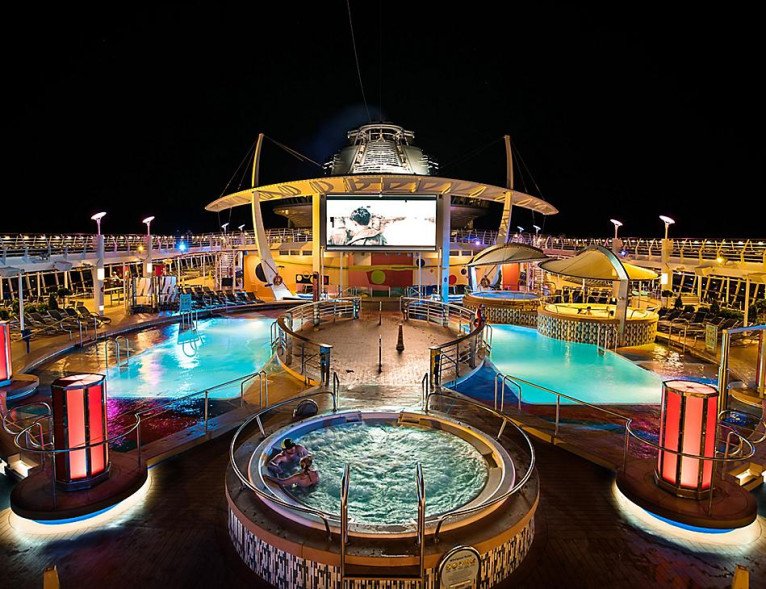
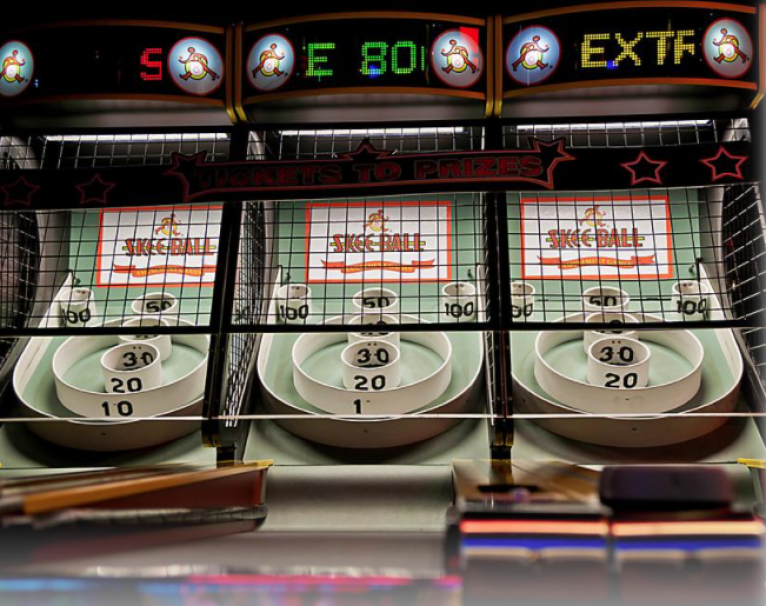

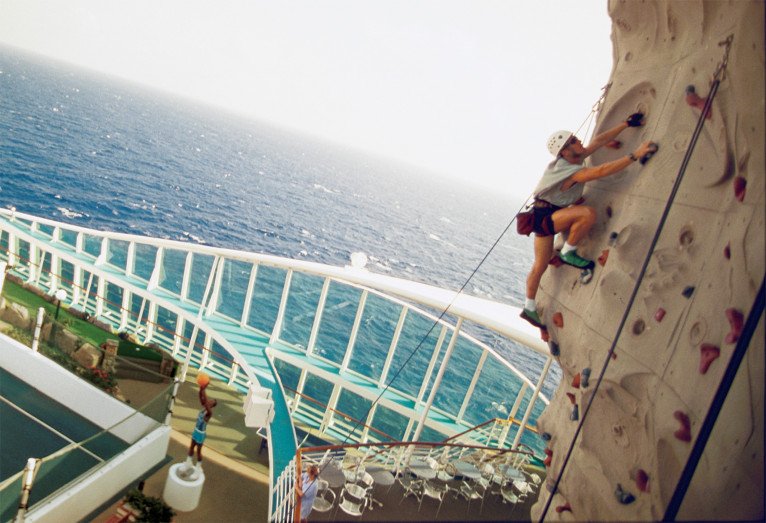




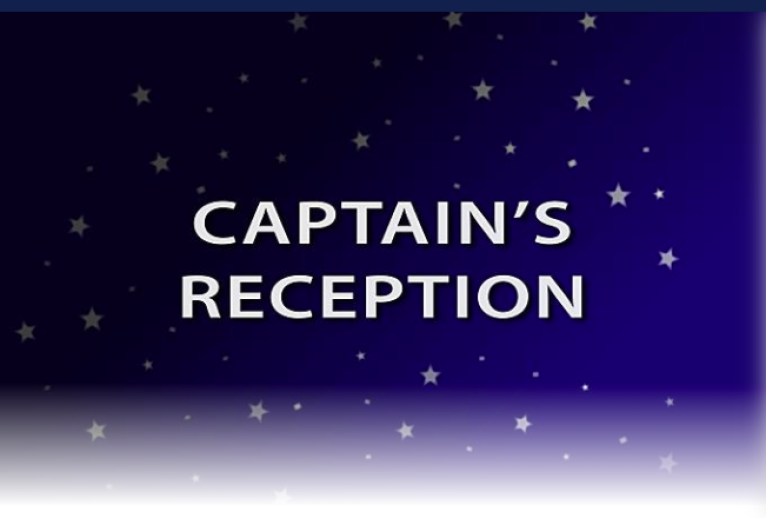
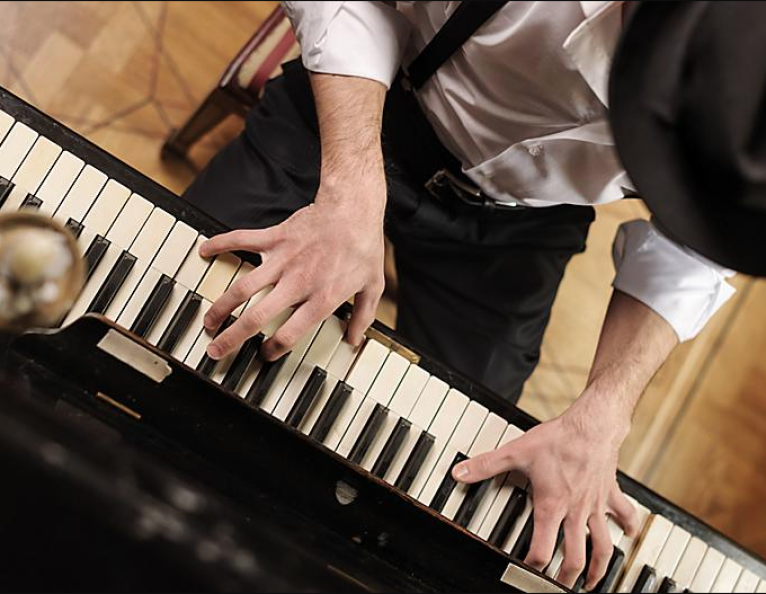

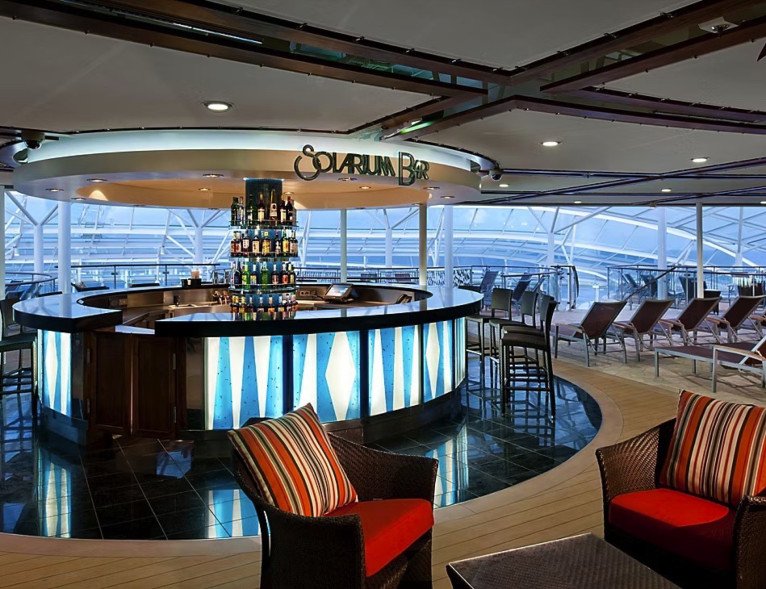

Rock Climbing Wall
A BOLDER BOULDER
The view alone is worth every step. Climb forty feet above deck on the signature Rock Climbing Wall, where everyone from beginners to speed climbers can strap in and go vertical. With no reservation required at this complimentary activity, you could visit the view again and again.
Restrictions: 6 years old



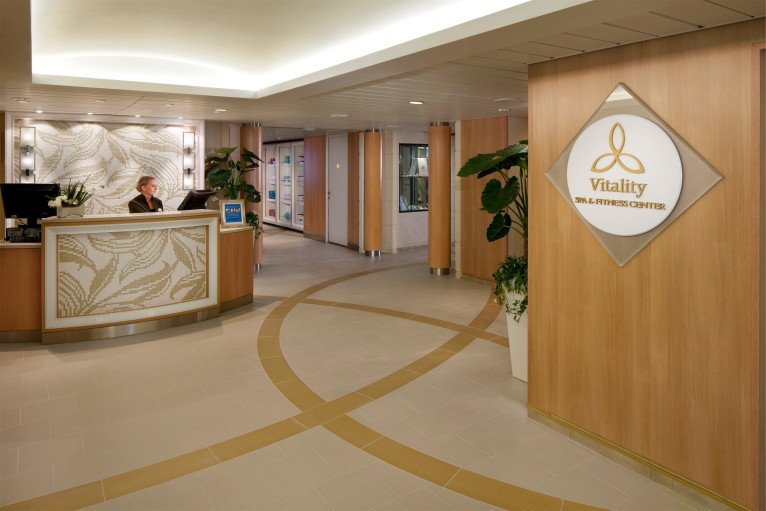


Pools
SWIM IT TO WIN IT
The pool deck is the place to be. And each ship has several to choose from. Bask in the sun or relax in the shade while you sip a cool tropical cocktail and enjoy the complimentary loungers and live music.
RESTRICTIONS: Potty Trained is required. Children can not be wearing a diaper.

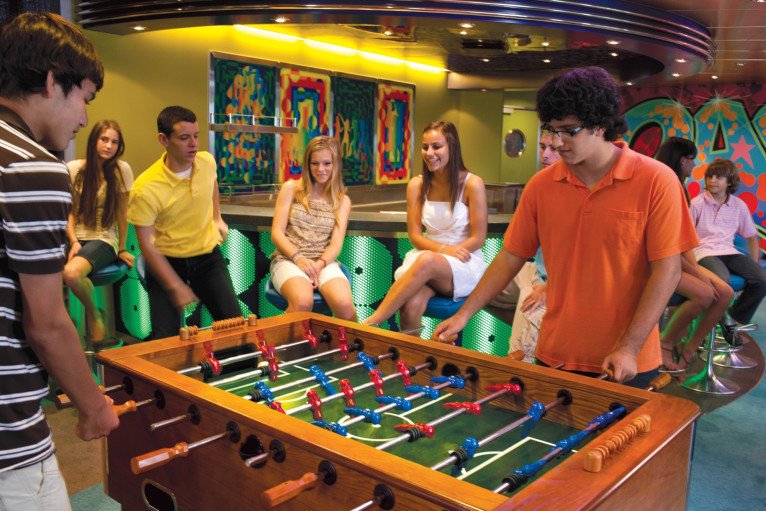



Adventure Ocean®
SMALL HANDS ON DECK
When the kids are happy, parents are happy. And our award-winning Adventure Ocean® Youth Program is designed with that in mind. Tiny travellers ages 3-5 will have an education blast in the Aquanauts group. The Explorers program keeps 6-8 year olds entertained with activities like themed parties and more. And learning is a thrillfest for 9-11 year olds in the Voyagers group.
Age Range: 3-11 years
Insider Tips: Adventure Ocean space varies by ship
Deck 12

- Izumi
Deck 11

- Concierge Club
- Viking Crown Lounge
- Elevator
Deck 10

- Adventure Ocean
- Teen Centre
- Nursery
- Video Arcade
- Running Track
- Vitality at Sea Fitness Centre
- Rock Climbing Wall
Deck 9

- Windjammer Café
- Whirlpools
- Main Pool
- Outdoor Movie Screen
- Solarium
- Park Café
- Vitality at Sea Spa
Deck 8

- Junior Suite
- Ocean View Suite (No Balcony)
- Grand Suite - 1 Bedroom
- Grand Suite - 2 Bedroom
- Royal Suite - 1 Bedroom
- Owner's Suite - 1 Bedroom
- Junior Suite Accessible
- Spacious Ocean View
- Interior
- Interior Accessible
Deck 7

- Grand Suite - 2 Bedroom
- Spacious Ocean View Balcony
- Spacious Ocean View Balcony Accessible
- Spacious Ocean View
- Interior
Deck 6

- Broadway Melodies Theatre (Upper Level)
- Centrum Shops
- Photo Shop
- Art Gallery
- Photo Gallery
- Café Latte-tudes
- Loyalty Desk
- Centrum Balcony
- Chops Grille
- Schooner Bar
- Giovanni's Table
- Conference Centre
- Shall We Dance Lounge
- Diamond Club
Deck 5

- Broadway Melodies Theatre
- Casino Royale
- Shore Excursions
- Guest Services
- Edelweiss Dining Room
Deck 4

- R Bar
- RC Online
- Next Cruise
- Main Entrance
- Centrum
- Conference Centres
- Edelweiss Dining Room
- Chef's Table
- Connecting Oceanview
- Ultra Spacious Ocean View
- Interior
Deck 3

- Connecting Oceanview
- Spacious Ocean View Accessible
- Ultra Spacious Ocean View
- Ocean View
- Interior
Deck 2

- Connecting Oceanview
- Spacious Ocean View Accessible
- Ultra Spacious Ocean View
- Ocean View
- Interior
Rhapsody of the Seas Cabins & Suites


Interior





Ultra Spacious Ocean View



Spacious Ocean View Balcony





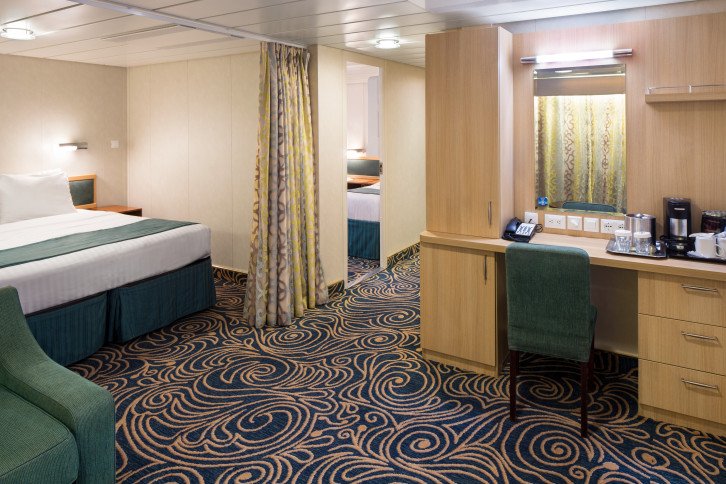




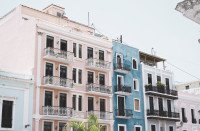
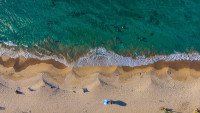
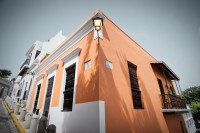
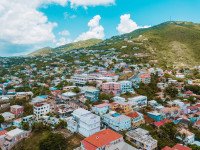
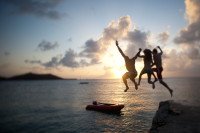
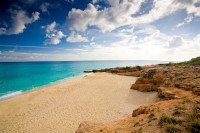
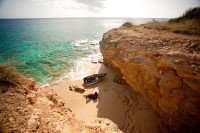
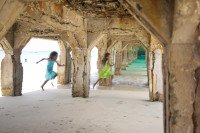
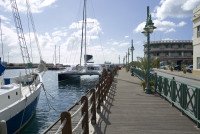
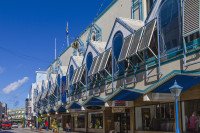
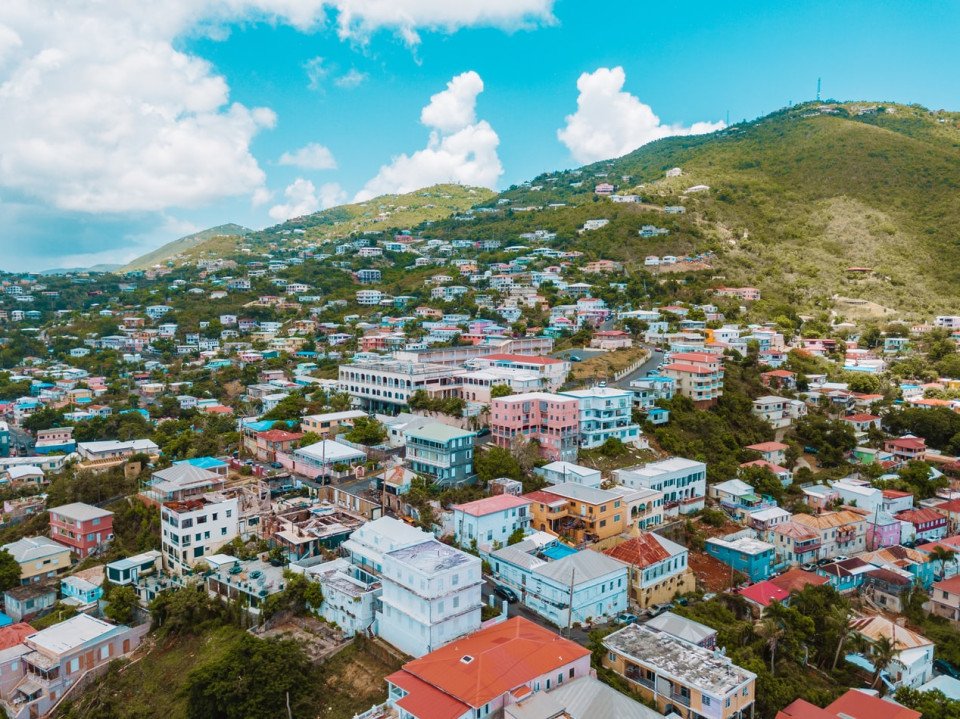
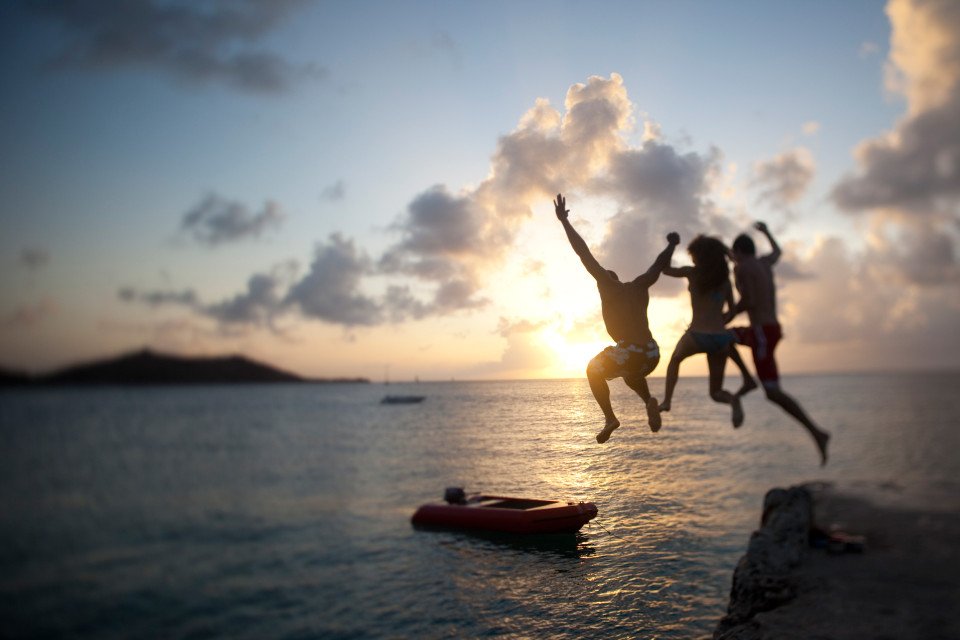

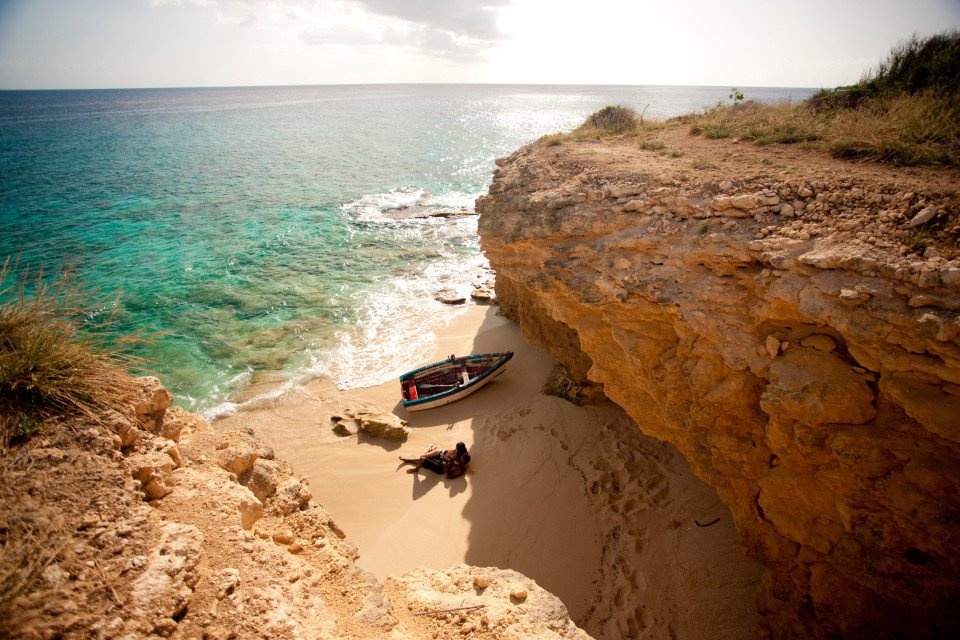
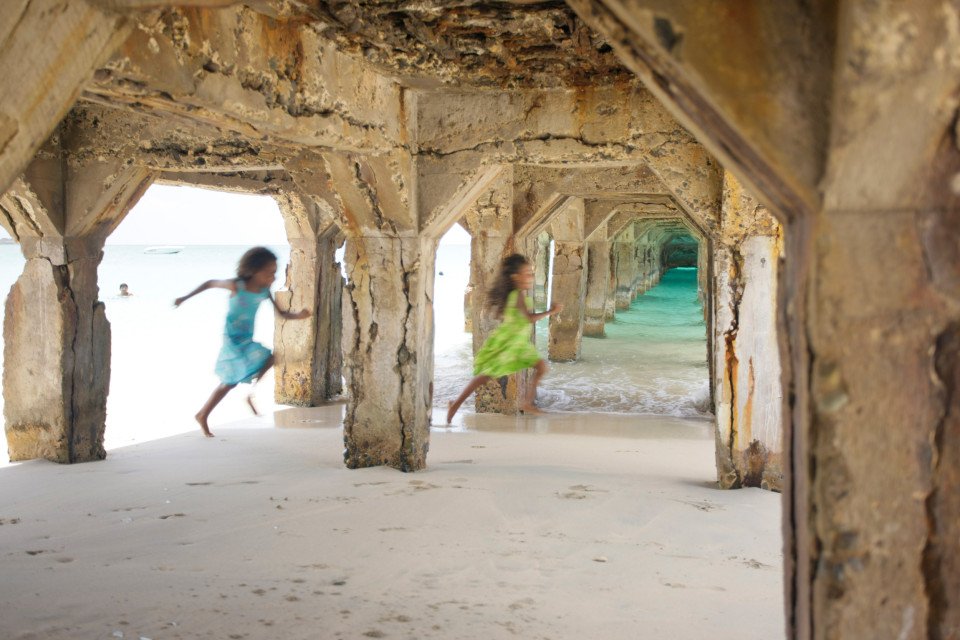
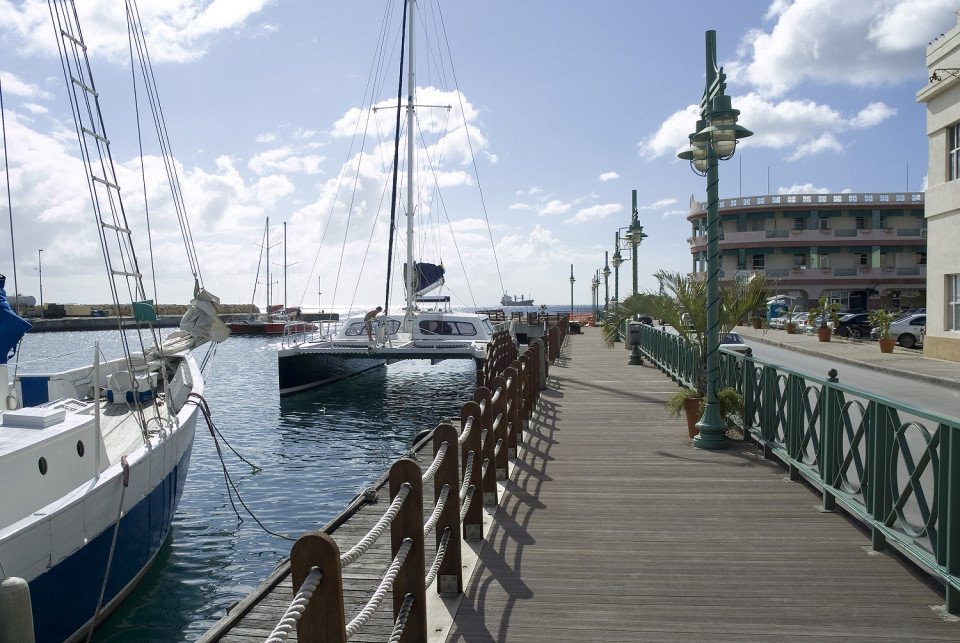
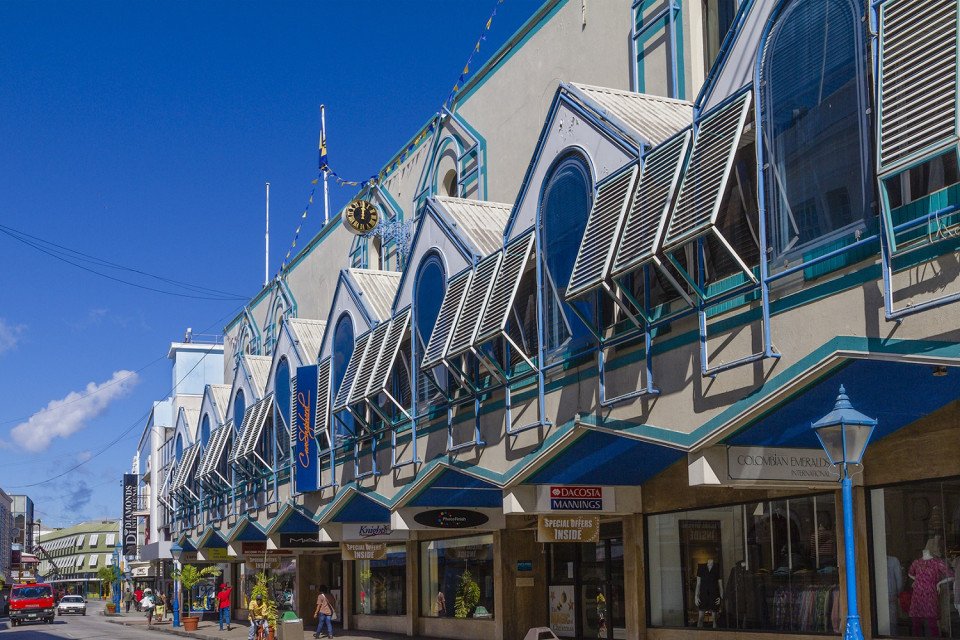


-large_thumb.jpg)






